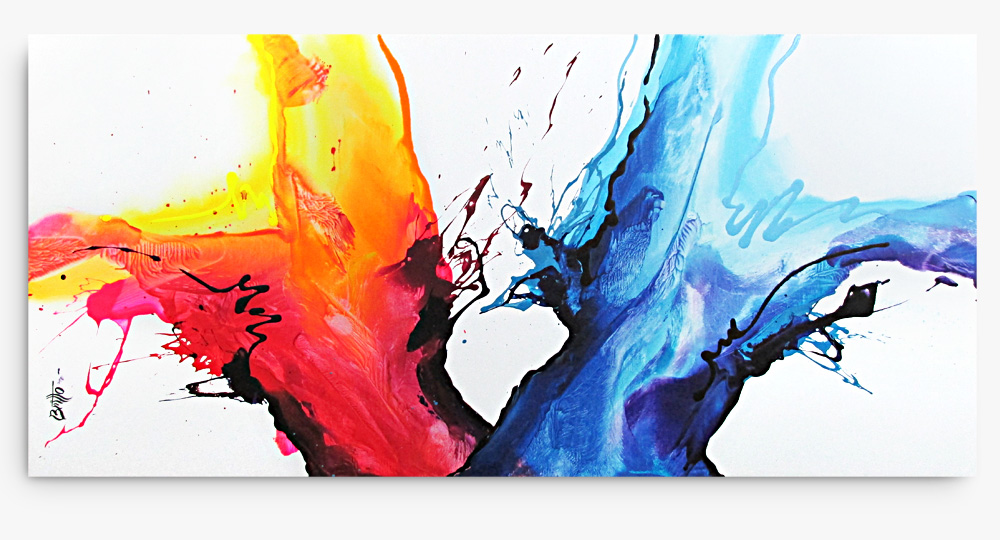Photo via WikiMedia Commons
According to a study done by Cambridge Core, roughly one-fifth of all college and university students experience a mood or thought disorder lasting for upwards of one year during their time as a student. If this seems like a rather large statistic to you, it’s because it is. Let’s say that there are roughly 17,000 total students who attend WCU in some fashion. Applying the information from that aforementioned study would mean that 3,400 students are walking around campus struggling with some sort of mental health issue that, sometimes, isn’t even diagnosed.
As stated by Johns Hopkins, mood disorders and thought disorders can be anything from depression, anxiety and bipolar disorder, just to name a few. While there are a multitude of ways to get help, students still must have healthy coping mechanisms that they incorporate into their day-to-day lives in order to manage when they find themselves on their own.
As someone who was diagnosed with an anxiety disorder at a very young age, I cannot stress enough the importance of helping students find safe ways to cope with their disorder. I have been medicated and attended therapy regularly for quite some time, and while that helps an incredible amount and is a completely necessary routine for people like myself, I still need a way to manage my emotions while I’m not seated on the therapist’s couch.
According to Harvard Medicine, art and creative work are one of the best forms of treatment. By exercising the creative part of the brain, people strengthen brain functions such as memory and focus in addition to allowing themselves to have a healthy distraction in which they can feel content in having control over what they create.
In my personal experience, when I am feeling my most anxious, starting a new piece allows me to be consumed by something that is safe and unproblematic. I find that when I am in the depths of a project, I no longer have the ability to focus on what was making me feel worried or down as I am completely focused on what I am doing.
Through my journey with mental health, I myself have realized that one of the best and most effective ways that I have seen people who struggle with these sorts of disorders manage their feelings is through art. We need to be teaching people that engaging their creative potential and exploring the arts is one of the healthiest ways to cope.
Additionally, Harvard explains that art is a great preventative measure. For those who are at risk of experiencing cognitive decline, creating things, whether that be a painting, a story, a song or any other medium of art can help slow down or ward off any sort of distress that could be placed on the mind. Those who did this sort of work routinely became more emotionally resilient which helped mediate the symptoms of their disorders. Regardless of any skill or ability, people are able to strengthen their mental health by participating in something that pushes them creatively.
If in addition to providing medical intervention to students as they worked through their mental health struggles we also provided them with the ideas and structure to cope on their own by means of things such as the arts, people would feel far more in control of their wellbeing and have the understanding of how to safely cope with their disorders when things are particularly rough.
The correlation between mental health and the arts is being more scientifically recognized, which allows people to participate in a combination of both medical and non-medical health through activities like art therapy. Websites such as Resources to Recover explain that therapists are now being taught how to tailor art activities to the specific needs of their patients in order to help them cope with disorders and even heal from trauma.
While the effects of art therapy can be felt at home without the help of a licensed professional, it is so important that it is offered by those with backgrounds in both psychology and the arts, as it legitimizes the practice.
As society and science continue to make great progress in the mental health field, we cannot ignore the things that we are seeing to be true, especially if they can make a person’s life much better. Moving forward, we need to encourage and allow for safe and healthy coping mechanisms to exist in addition to just medical intervention.
Far too often, those who struggle with mental health disorders, specifically students, have no idea how to cope in a healthy way. If we value and spread the idea of using art and creativity to help ease their burdens, there is great potential for us to see a much healthier, safer student body.
Ali Kochik is a second-year English writings major, Journalism minor, Women’s and Gender studies minor. AK908461@wcupa.edu

